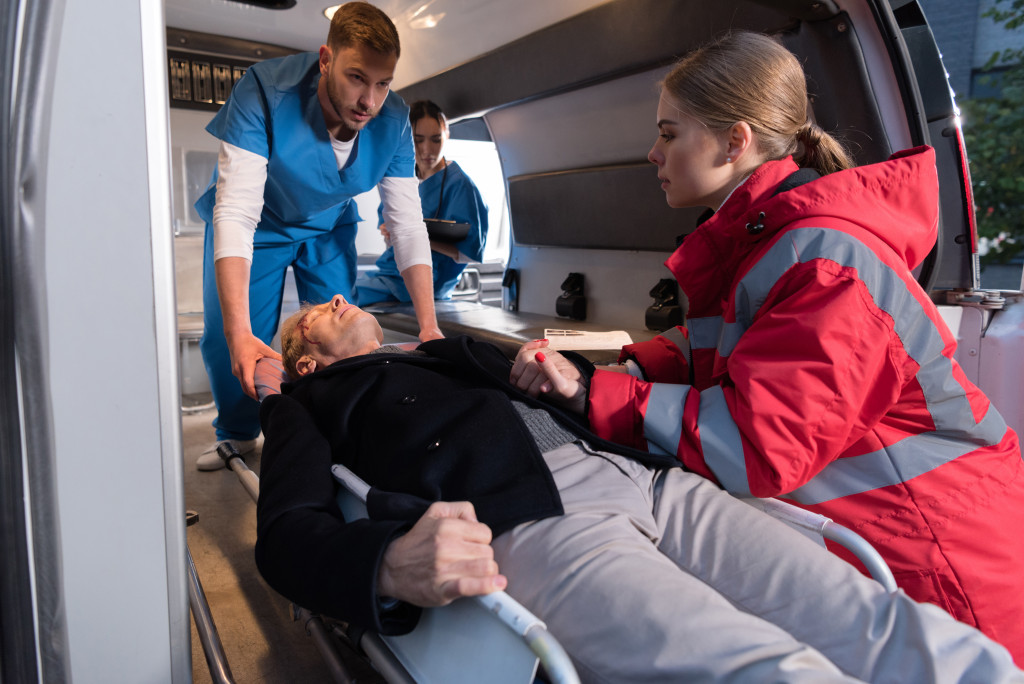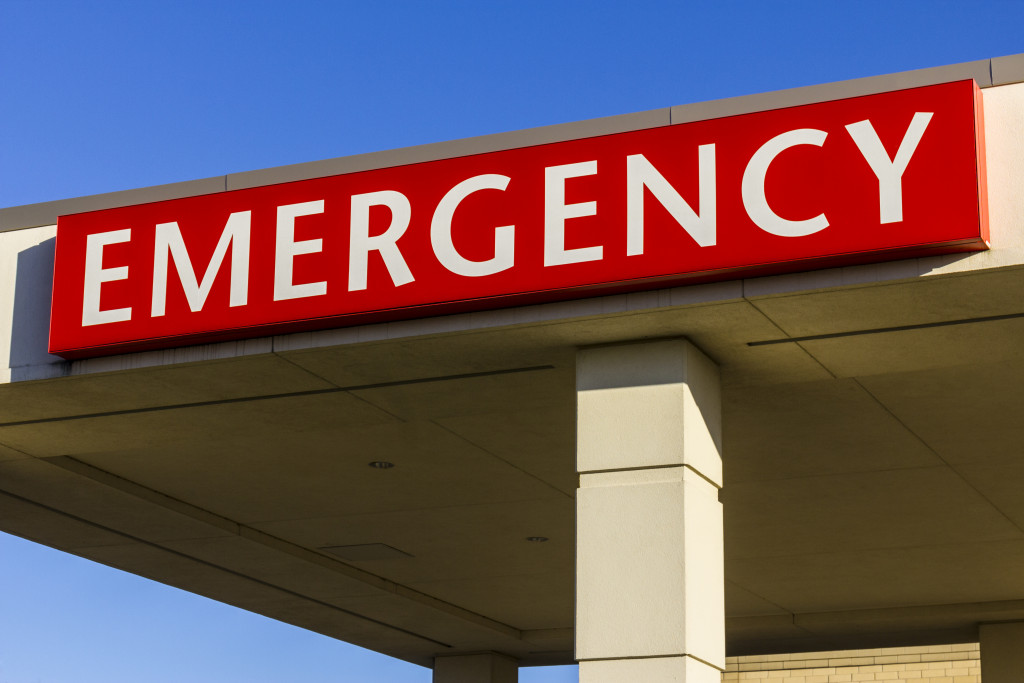In any emergency, it is important to remain calm and take action. Knowing some basic responses to medical emergencies can help you save a life. By being prepared and knowing what to do, you can take the right steps to save lives.
In this article, we will examine some of the most common medical emergencies and provide information on how to respond.
CPR
When someone has a heart attack, one of the most important things you can do is perform CPR. CPR, or cardiopulmonary resuscitation, is a lifesaving technique that can help keep a person alive until emergency medical personnel arrive.
To perform CPR, you will need to:
-Check for responsiveness
-If the person is unresponsive, begin chest compressions by locating the center of the person’s chest and placing your hands over it. You should use the heel of one hand for adults and the heel or outer edge of one hand for children.
-Perform 30 compressions, followed by two rescue breaths. The rescuer should check to see if the chest rises with each rescue breath. If it does not, the rescuer should check for any obvious obstructions in the airway and repeat the sequence of 30 compressions and two rescue breaths.
-Continue performing CPR until emergency medical help arrives or the person begins to breathe independently.
The Heimlich Maneuver
If someone is choking, you will need to perform the Heimlich maneuver. The Heimlich maneuver is a lifesaving technique that can be used to dislodge an object that is blocking a person’s airway.
To perform the Heimlich maneuver, you will need to:
-Stand behind the choking person and wrap your arms around their waist.
-Make a fist with one hand and place it just above the person’s navel.
-With your other hand, grab the fist and press it into the person’s stomach with quick, upward thrusts.
-Repeat this until the object is dislodged from the person’s airway.
Seizures
It is critical to remain calm and take action while someone is having a seizure. It is important to move the person away from any objects that could cause injury and loosen any clothing restricting breathing. You should also keep track of time and note how long the seizure lasts. If the person has a history of seizures, you should know what medication to give them once the seizure has stopped.
Bleeding
The first step in treating a person who is bleeding is to assess the severity of the problem. If the person is losing a lot of blood, you may need to apply pressure to the wound to help stop the bleeding. If the person is conscious, you can ask them to hold a clean cloth against the wound.
If possible, you should also:
-Raise the injured arm or leg so that blood flows away from the wound.
-Apply ice packs to areas near the injury to reduce swelling.
-Avoid giving anything to eat or drink until medical help arrives.
Diabetic Emergencies
People with diabetes can experience a range of emergencies, from low blood sugar to diabetic ketoacidosis. It’s important to know how to respond in each situation, as the right actions can save lives. If you are experiencing a low blood sugar emergency, you should eat or drink something that contains sugar. If you are experiencing diabetic ketoacidosis, you should seek medical attention immediately. Stay calm and take action in any diabetic emergency to ensure the safety of yourself and others.
Children’s Emergencies
There are many types of emergencies that children can have. Some examples are a fever, a cut, and feeling sick. If your child has an emergency, you should stay calm and take action. You might need to give them medicine or call for help.
If there’s a threat of COVID, send them immediately to pediatric care with COVID testing. It’s also important to know when to bring your child to the emergency room. If your child has trouble breathing, has a seizure, or is unconscious, you should call 911 and go to the nearest emergency room.
Calling for Help
When someone is experiencing a medical emergency, it is important to call for help. By calling for help, you can ensure that the person receives the care they need as quickly as possible.
If you cannot provide CPR or the Heimlich maneuver, or if the person is not responding, it is important to call 911 and request emergency assistance. Emergency responders can provide lifesaving care until medical professionals arrive.
Conclusion
You can only apply basic responses to medical emergencies if you remain calm and take action. Nothing beats professional medical training, but you can save a life if you’re prepared and knowledgeable. So whether it’s an emergency heart attack, choking situation, or serious injury, knowing how to respond quickly and effectively is your best bet for helping someone in need.


